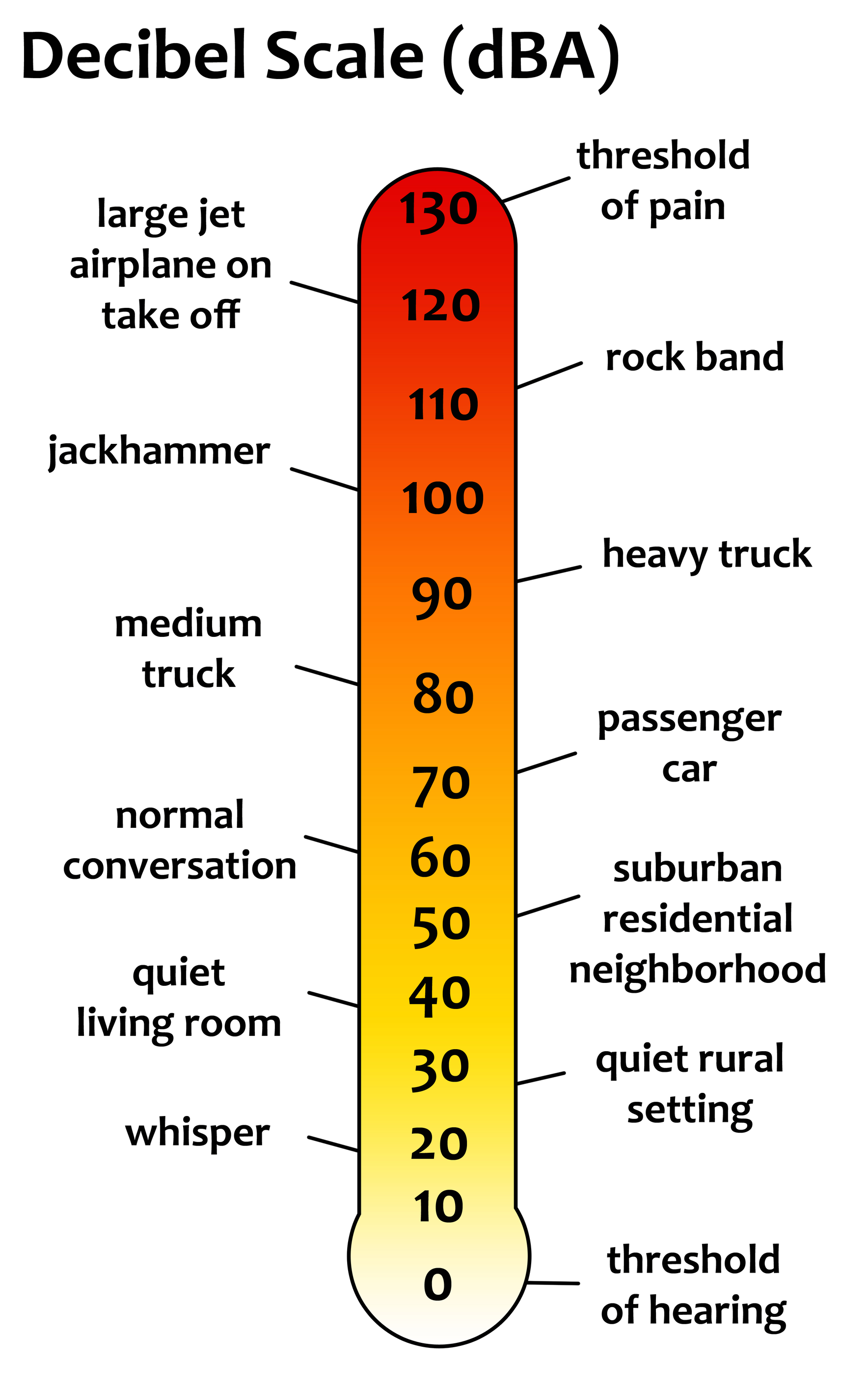
Robin Pierucci, a neonatologist who is an associate scholar at the Charlotte Lozier Institute, which opposes abortion, said in an email: “Finding a fetal heartbeat is a sign of health.”Ī 2004 study found that when a moving heart tube could be detected at six to eight weeks of pregnancy, a live birth resulted 98 percent of the time, Dr. “The shape is different, but that doesn’t change the essence of what it is,” she added.ĭr. “It is a heart tube, but it is still a heart,” Dr. To opponents of abortion, that is a distinction without a difference. But a heartbeat’s familiar “lub-dub, lub-dub” sound is created by the closing of the heart’s valves, which do not exist in the six-week-old cardiac tube. If all goes well, four chambers and valves will form by the ninth or 10th week of pregnancy, and the heart will continue developing throughout gestation.

Thick cushions of embryonic tissue will grow toward one another to create walls, and a ridge on the floor of the ventricle will rise to meet them to partition the heart. It will bend and loop and twist itself into an S shape. The electric activity begins at around six weeks in a tube of cells that will become a heart, after multiple gyrations. The heart is one of the first organs to start developing, because the embryo’s growth and survival depend on the circulation of blood carrying oxygen and nutrients.

While there is little disagreement about the basic developmental biology, there are sharp differences about the significance. This sound, discernible on an ultrasound scan, has become a demarcation line in anti-abortion legislation in dozens of states, though most opponents of abortion rights argue that life begins at conception. Indeed, the most fraught contention, embedded in the Texas abortion law, is that the fetus at that stage has a heart and that its beating represents a “key medical predictor that an unborn child will reach live birth.” Nisha Verma, a fellow at the American College of Obstetricians and Gynecologists, which has objected to the idea that a fetus has a heart at six weeks. “Laws that are written by nonmedical people to regulate the practice of medicine, or dictate what clinicians have to say to their patients, are dangerous and affect our ability to care for patients,” said Dr. They generally misrepresent certain body systems as complete or present at earlier stages of development than they actually are. Most of the inaccuracies pertain to descriptions of the first trimester. The materials also warn that having an abortion may make women depressed or suicidal, though studies have not found that to be the case.Īccording to an analysis by the Informed Consent Project at Rutgers University, nearly one-third of statements about abortion made in patient materials from more than two dozen states are medically inaccurate. Women are told they could die from an abortion, though the procedure is generally considered safer than a tonsillectomy, and much safer than pregnancy and childbirth. But what the law defines as the sound of a heartbeat is not considered by medical experts to be coming from a developed heart, which forms later in pregnancy. The appeal is emotional: Many parents-to-be are moved by sounds during an ultrasound scan. The Texas law, which makes no exceptions for cases of rape or incest, forbids abortion at the time a “heartbeat” can be heard, which usually occurs at six weeks of gestation. Language has long been a battleground in the political struggle over abortion, and the sparring now centers on a word with deep resonance: “heartbeat.”

The Texas law banning abortions after about six weeks of pregnancy is based on a singular premise disputed by many medical experts: that once an ultrasound detects electrical cardiac activity in an embryo, its heart is beating and a live birth is on the way.Īt this very early stage of a pregnancy, however, the embryo is the size of a pomegranate seed and has only a primitive tube of cardiac cells that emit electric pulses and pump blood.


 0 kommentar(er)
0 kommentar(er)
